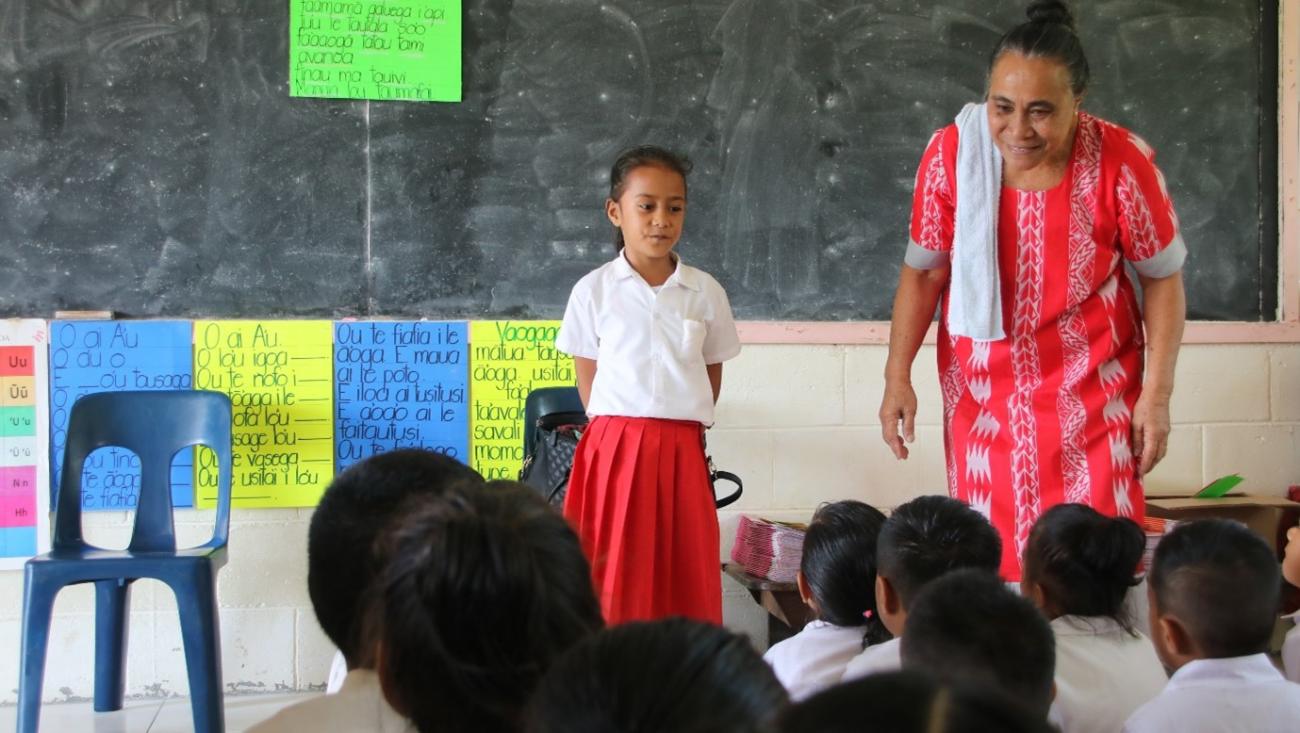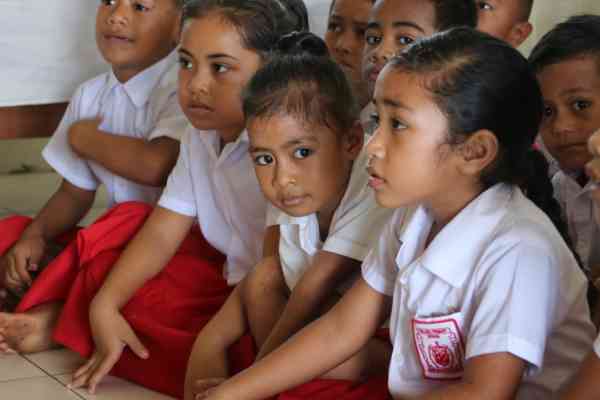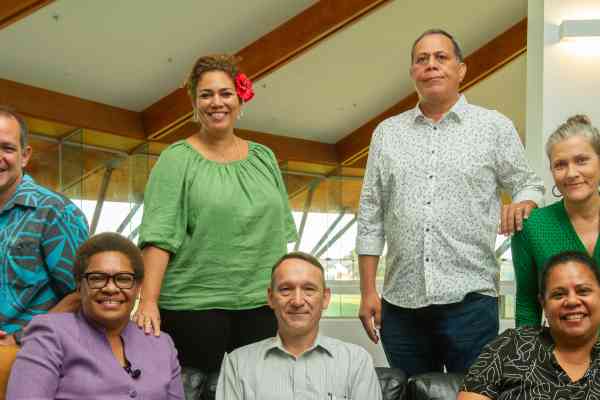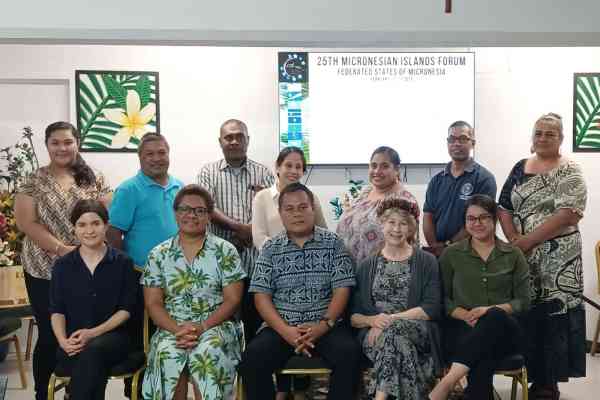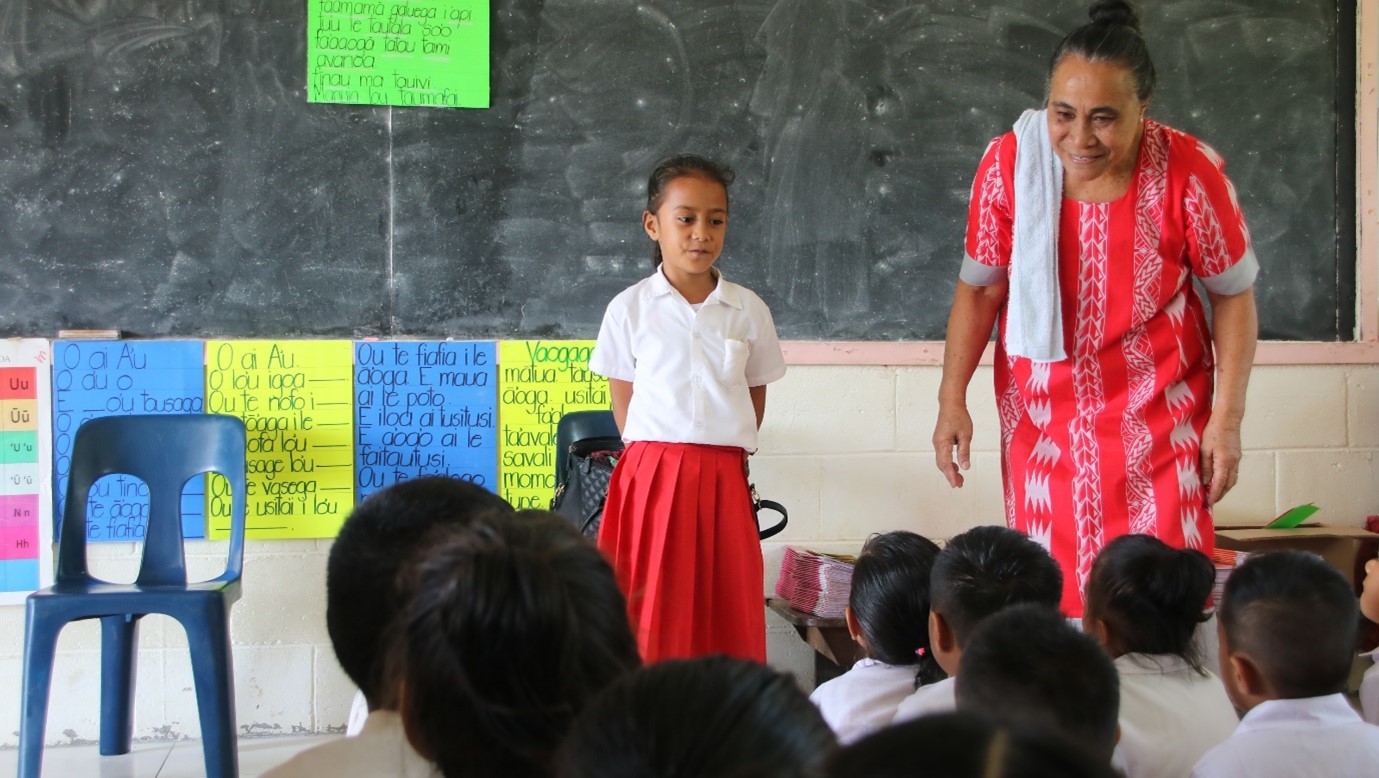
(contenu disponible en anglais uniquement)
The month of March is globally utilised to raise awareness on issues affecting women’s universal rights. As this month comes to an end, let us reflect on the journey women across the world have taken or are taking to achieve equal rights in our societies.
March 8th is recognised as International Women’s Day every year, but why do we need to do this?
To answer that question, I want to share a line from a Carpenter’s song from the 1970s, “It’s a dirty old shame when you’ve got to take the blame for a love song because the best love songs are written with a broken heart”.
Equally, it is a terrible shame when we must proclaim a day, a month, or even a year to focus on women and gender equality because it means as a society we have failed to act as we should in honouring and valuing each and every individual without bias.
International Women’s Day was first observed in 1911 as an annual day to support women’s rights in the workplace and eligibility to vote in their respective countries. In 1975 the United Nations declared International Women’s Day as a day for women’s rights and in 1996 shifted the focus to ending violence against women.
Now in 2023, we can look back at what has emerged over the past 110 years and see real strides in terms of equality for women. That is indeed something to celebrate! However, we also know that we are not yet at a place in our global society where we can afford to lose sight of the fact that without continued attention to gender equality, old norms can easily creep back. Efforts towards equality will quickly be negated.
At the Pacific Community (SPC), we have an entire division dedicated to working with Pacific women and youth to overcome the gendered challenges faced in our part of the world. The Human Rights and Social Development (HRSD) division is mandated by Pacific leaders not only to work with women and youth but also to embed a gender lens across all SPC’s scientific and development initiatives, including programmes that fall under our Educational Quality and Assessment Programme (EQAP).
So, what is SPC-EQAP doing to be champion of gender equality across all our work?
SPC through EQAP has a long history in education of disaggregating data by gender. We are well aware that girls are frequently outperforming boys in reading and writing and many other subjects at virtually all levels of primary and secondary education. We have lots of data that show gendered breakdowns of teachers and school leaders across education levels, and we know the numbers of position holders by level and by gender.
Is that enough?
Do we do anything that is specifically aimed at addressing some of the issues revealed through the data that are less openly discussed? What about the prevalence of senior male leaders in education systems? or the tendency for primary school teaching and leadership roles to be more frequently held by women? but as the level of institution rises, we tend to see overwhelming numbers of men in leadership roles.
Is there anything we could be doing to challenge these norms?
As noted by SPC’s Director General, Dr Stuart Minchin, in early March, SPC as an organisation is committed to ensuring that all its programmes consider gender as an integral part of their work.
“No longer can we accept the narrative that gender equality is a ‘woman’s issue’. Gender equality is an issue for every woman and man, girl and boy. We each have a critical role to play, and we can take personal responsibility for this role,” Minchin explained.
SPC is working with governments, civil society, faith-based organisations and other partners across the Pacific region to ensure that gender equality is integrated into our broad range of community programmes.
By Michelle Belisle
